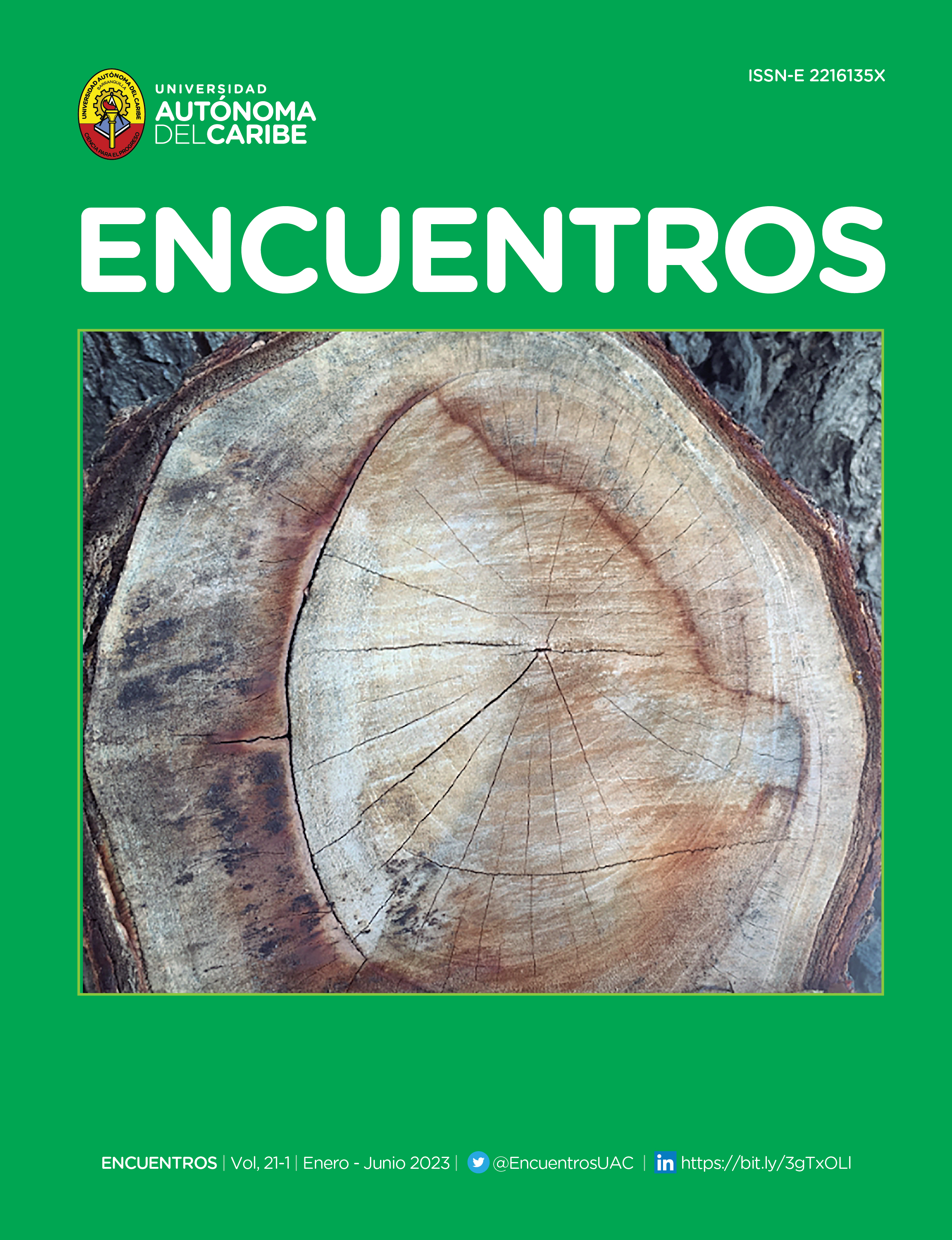El U-Learning as a learning and adaptability ubiquitous scenario
DOI:
https://doi.org/10.15665/encuen.v21i01-Enero-junio.3083Keywords:
Virtual education, U-Learning, ubiquitous learning, ubiquity, multipresence.Abstract
The world is changing, and with it, the emergence of new needs demanded by a changing population makes some large-scale evolutions and/or developments urgent. One of them, a key matter for the productivity of a nation, is education. Pedagogical models have a certain impact on the labor capacity of a State, to which this sector refers as a key piece to respond to the needs of the environment, in this case labor, with respect to the demand that has been growing around training. of ICT personnel. In the article, a bibliographic review is made on the definition of U-Learning, a ubiquitous learning model that lands on a comprehensive context of generic and computational skills, which is believed to help build a more qualified job profile from the primary academy.
References
Ramirez, G. M., Collazos, C. A., Moreira, F., & Fardoun, H. M. (2018). Relación entre el U-Learning, aprendizaje conectivo y el estándar xAPI: Revisión Sistemática.
Yahya, S., Ahmad, E. & Abd Jalil, K. (2010). The definition and characteristics of ubiquitous learning: A discussion. International Journal of Education and Development using ICT, 6(1),. Open Campus, The University of the West Indies, West Indies. Retrieved September 11, 2022, from https://www.learntechlib.org/p/188069/.
Reinoso, G. G. L., & Suárez, E. F. G. (2020). Aplicación del U-Learning en la educación superior del Ecuador frente al COVID-19. INNOVA Research Journal, 5(3.2), 19-32.
Huang, Y. M., Chiu, P. S., Liu, T. C., & Chen, T. S. (2011). The design and implementation of a meaningful learning-based evaluation method for ubiquitous learning. Computers & Education, 57(4), 2291-2302.
García, M., & Moreno, J. (2016). El U-Learning direcciona y enfoca al docente a un nuevo rol: el TEACHERPRENEUR.
Peralta Chang, E. N. (2019). U-learning en las habilidades lecto-escritoras en el área de lengua y literatura (Bachelor's thesis, Universidad de Guayaquil. Facultad de Filosofía, Letras y Ciencias de la Educación).
Coto, M., Collazos, C. A., & Rivera, S. M. (2016). Modelo Colaborativo y Ubicuo para apoyar los procesos de enseñanza-aprendizaje a nivel Iberoamericano. Revista de Educación a Distancia (RED), (48).
Azpiri, M. Á. P., & Nahón, A. E. (2020). Aproximaciones al aprendizaje ubicuo en ambientes educativos formales. Una revisión sistemática de la literatura, 2014-2019. Revista Trilogía, 12(23), 187-212.
González Campos, D., Olarte Dussán, F., & Corredor Aristizabal, J. (2017). La alfabetización tecnológica: de la informática al desarrollo de competencias tecnológicas. Estudios pedagógicos (valdivia), 43(1), 193-212.
Pascual, M. A., Ortega-Carrillo, J. A., Pérez-Ferra, M., & Fombona, J. (2019). Competencias digitales en los estudiantes del grado de maestro de educación primaria. El caso de tres universidades españolas. Formación universitaria, 12(6), 141-150.
Cabrera Delgado, J. M. (2015). Programación informática y robótica en la enseñanza básica. Avances en supervisión educativa.
Hassan, Y., Martín Fernández, F. J., & Iazza, G. (2004). Diseño web centrado en el usuario: usabilidad y arquitectura de la información. Hipertext. net, (2).
Araya, R. A. G. (2013). Tecnología Móvil: desarrollo de sistemas y aplicaciones para las Unidades de Información. E-Ciencias de la Información, 3(2), 1-15.
Muñoz Parrales, K. D. (2021). Desarrollo de software tipo SAAS con servicios en la nube para administración y control de complejos habitacionales y ciudadelas privadas para la Empresa GMC
Bravo, Á. H. (2009). El SaaS y el Cloud-Computing: una opción innovadora para tiempos de crisis. REICIS. Revista Española de Innovación, Calidad e Ingeniería del Software, 5(1), 38-41.
Almenara, C. (1992). Diseño de software informático. Universidad de Sevilla. Bordón, 44(4), 383-391.
Yolanda Argudín y María Luna, Procesos docentes I, II, III, México, Posgrado en Historiografía/ UAM-A/, 2007. (Edición limitada en CD).
Trujillo, J. A., & Jaramillo, C. M. (2006). Estrategias didácticas en educación superior con la mediación de la computación móvil. Revista Educación y Pedagogía, 18(45), 93-107.
Downloads
Published
How to Cite
Issue
Section
License
Copyright (c) 2022 David J. Luquetta-Cediel, Carolina Garzón-Rodríguez, Farid González-Castellanos, Ketty Miranda-Orozco, Shirly Mercado-Pacheco, Deyarine Pedraza-Padilla, Fabian Ramos-Torres, Edgardo Buelvas-Castro

This work is licensed under a Creative Commons Attribution-NonCommercial-NoDerivatives 4.0 International License.
Proposed Policy for Open Access Journals
Authors who publish in this journal agree to the following terms:
- Authors retain copyright and grant the journal the right of first publication, with the work registered under a Creative Commons Attribution License, which allows others to use the published work as long as the authorship and first publication in this journal are acknowledged.
- Authors can enter into additional contractual agreements for the non-exclusive distribution of the published version of the article (e.g., include it in an institutional repository or publish it in a book) as long as the first publication in this journal is acknowledged.
- Authors are allowed and encouraged to post their work online (e.g., on institutional or personal websites) before and during the submission process, as this can lead to productive exchanges and a greater and faster dissemination of the published work (see The Effect of Open Access).


